
Discover the Charm of Sino: The Heartbeat of Dushanbe
Explore Sino in Dushanbe: A blend of modernity and tradition, offering rich cultural experiences, diverse cuisine, and historical landmarks in the heart of Tajikistan.
Sino, a captivating neighbourhood nestled in the vibrant city of Dushanbe, Tajikistan, offers a unique blend of modernity and tradition. As you wander through its bustling streets, you'll encounter a rich tapestry of cultural experiences that are sure to leave a lasting impression. The area is known for its welcoming atmosphere, with locals always ready to share stories and traditions with visitors. The neighbourhood is a hub for both local and international cuisine, boasting an array of restaurants and cafes that cater to all tastes. From traditional Tajik dishes to global culinary delights, Sino has something to satisfy every palate. Don’t miss the opportunity to try plov, a local rice dish that is a staple in Tajik cuisine, or sip on a cup of aromatic green tea at one of the many teahouses. In addition to its culinary offerings, Sino is home to several historical and cultural landmarks. The iconic National Museum of Tajikistan, located nearby, provides a deep dive into the country's rich history and heritage. For those who enjoy green spaces, the Botanical Garden is a serene retreat where you can unwind and appreciate the natural beauty of the region. With its blend of cultural richness, culinary diversity, and historical significance, Sino is a neighbourhood that promises an enriching and memorable experience for every visitor.
Local tips in Sino
- Visit the National Museum of Tajikistan early in the morning to avoid crowds and enjoy a more relaxed experience.
- Try local dishes like plov and sambusa at small, family-run eateries for an authentic taste of Tajik cuisine.
- Carry some cash as not all places accept credit cards.
- Wear comfortable shoes as exploring the neighbourhood on foot is the best way to discover its hidden gems.
- Learn a few basic Tajik phrases; locals appreciate the effort and it can enhance your interactions.
Discover the Charm of Sino: The Heartbeat of Dushanbe
Sino, a captivating neighbourhood nestled in the vibrant city of Dushanbe, Tajikistan, offers a unique blend of modernity and tradition. As you wander through its bustling streets, you'll encounter a rich tapestry of cultural experiences that are sure to leave a lasting impression. The area is known for its welcoming atmosphere, with locals always ready to share stories and traditions with visitors. The neighbourhood is a hub for both local and international cuisine, boasting an array of restaurants and cafes that cater to all tastes. From traditional Tajik dishes to global culinary delights, Sino has something to satisfy every palate. Don’t miss the opportunity to try plov, a local rice dish that is a staple in Tajik cuisine, or sip on a cup of aromatic green tea at one of the many teahouses. In addition to its culinary offerings, Sino is home to several historical and cultural landmarks. The iconic National Museum of Tajikistan, located nearby, provides a deep dive into the country's rich history and heritage. For those who enjoy green spaces, the Botanical Garden is a serene retreat where you can unwind and appreciate the natural beauty of the region. With its blend of cultural richness, culinary diversity, and historical significance, Sino is a neighbourhood that promises an enriching and memorable experience for every visitor.
Iconic landmarks you can’t miss
Rudaki Park
Explore Rudaki Park in Dushanbe: A serene escape featuring lush gardens, cultural monuments, and a celebration of Tajik heritage.
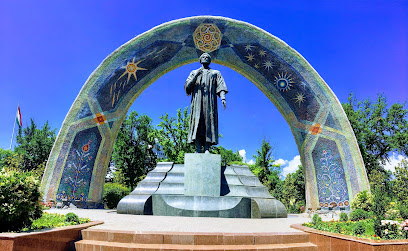
Navruz Palace
Discover the cultural gem of Tajikistan at Navruz Palace, where modern architecture meets rich heritage, showcasing the essence of Dushanbe.
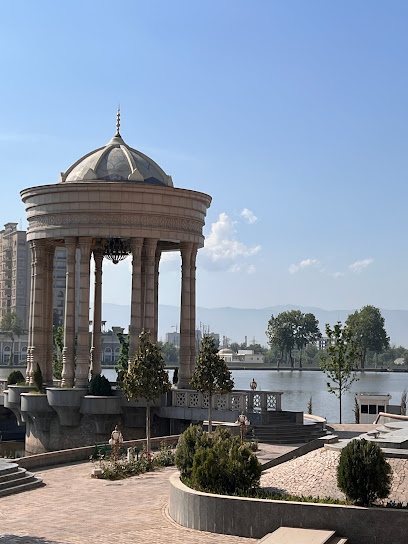
Victory Monument
Discover the Victory Monument in Dushanbe, a historical landmark commemorating Tajikistan's legacy and resilience in the face of adversity.

Monument of Ismail Samani
Explore the Monument of Ismail Samani in Dushanbe, a stunning historical landmark showcasing Tajikistan's rich cultural heritage amidst beautiful gardens.
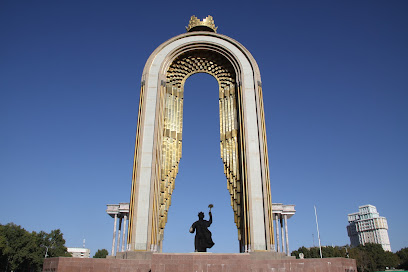
Flagpole
Explore the World Tallest Flagpole in Dushanbe, a stunning monument symbolizing Tajikistan's national pride and independence.

National Museum of Tajikistan
Explore the National Museum of Tajikistan in Dushanbe, a cultural treasure showcasing the rich history and heritage of the nation through diverse exhibits.
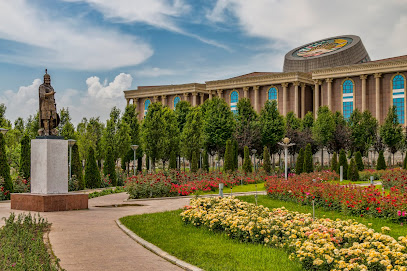
Delfin Waterpark
Dive into adventure at Delfin Waterpark in Dushanbe, where thrilling slides and family fun await every visitor.
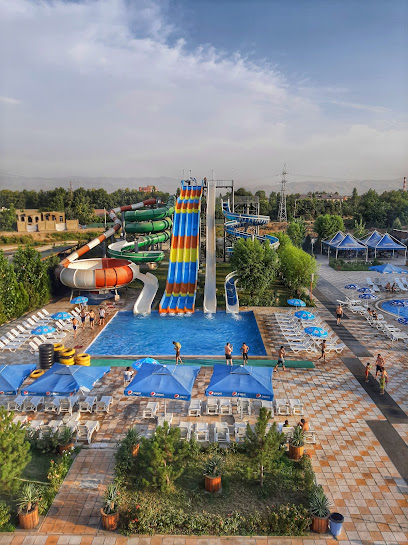
Flag Pole Park
Explore Flag Pole Park in Dushanbe, Tajikistan, a tranquil haven featuring lush landscapes, cultural events, and the iconic tallest flagpole in the world.

National Museum of Antiquities of Tajikistan
Explore the National Museum of Antiquities in Dushanbe, showcasing rich artifacts and the cultural heritage of Tajikistan's ancient civilizations.
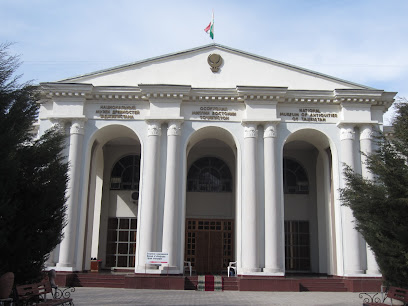
Independence Monument
Explore the stunning Independence Monument in Dushanbe, a powerful symbol of Tajikistan's sovereignty and cultural heritage, surrounded by beautiful gardens and vibrant energy.
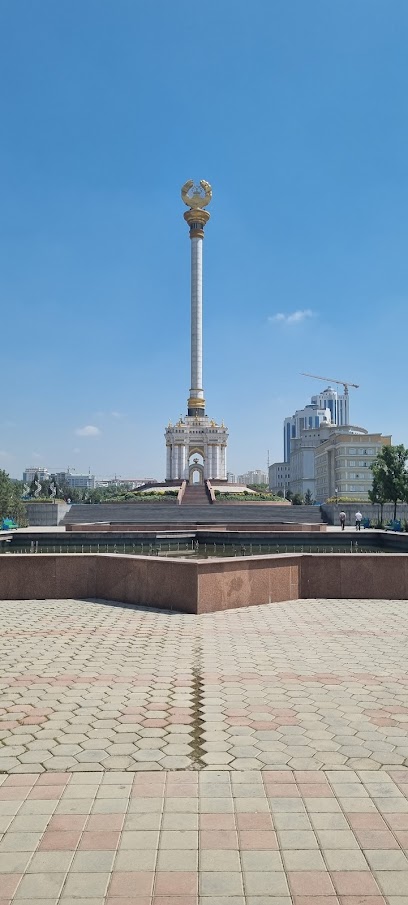
Monument Istiklol
Explore the Monument Istiklol in Dushanbe, a stunning architectural gem symbolizing Tajikistan's cultural heritage and aspirations, set in a serene urban landscape.
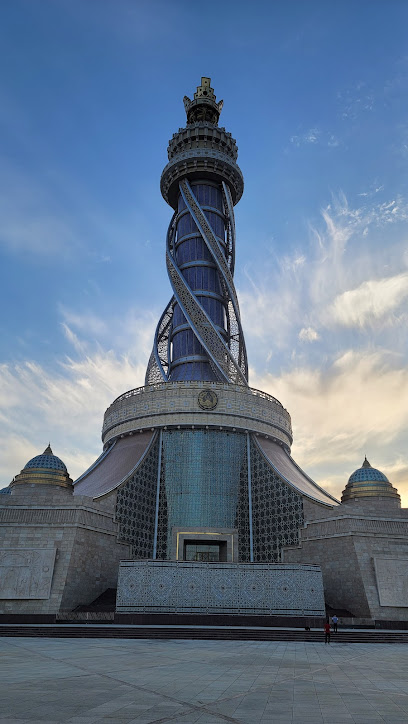
Avicenna Square
Discover tranquility and cultural heritage at Avicenna Square, the lush park in Dushanbe, perfect for relaxation and local exploration.
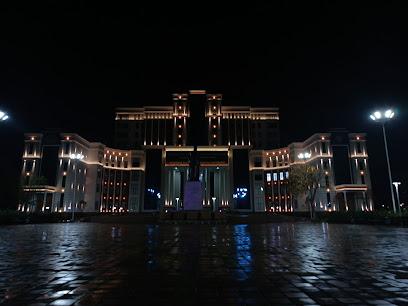
Unmissable attractions to see
Botanical Garden
Explore the lush landscapes and diverse plant life at Dushanbe's Botanical Garden, a serene escape perfect for nature lovers and travelers alike.
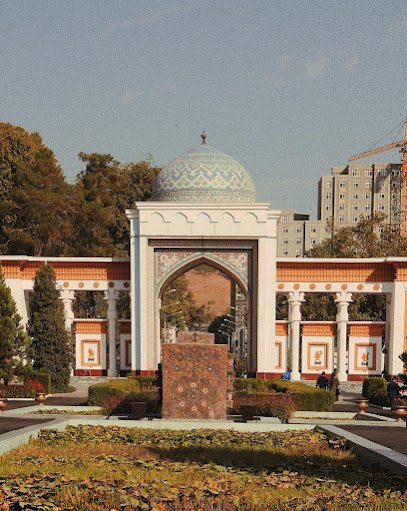
Capital Park
Discover the beauty and tranquility of Capital Park, a lush green oasis in the heart of Dushanbe, Tajikistan, perfect for relaxation and leisure.
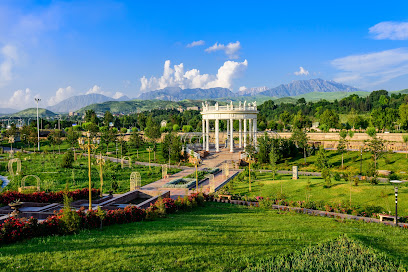
Dushanbe Zoo
Discover the diverse wildlife and beautiful landscapes at Dushanbe Zoo, a family-friendly attraction in the heart of Tajikistan's capital.
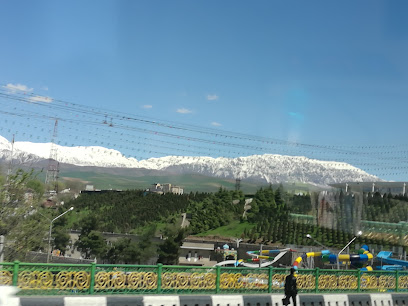
Hisor Fortress
Discover the rich history and breathtaking views at Hisor Fortress, a timeless symbol of Tajikistan's cultural heritage and architectural beauty.
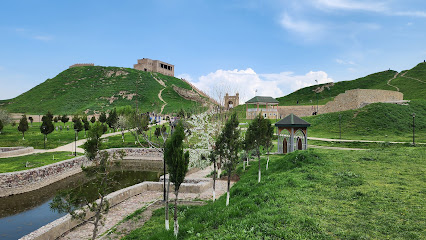
Delfin Waterpark
Experience endless aquatic fun at Delfin Waterpark in Dushanbe, Tajikistan – a perfect destination for families and adventure lovers alike.
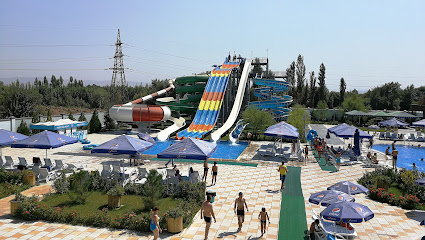
Independence Monument
Discover the grandeur of the Independence Monument, a symbol of Tajikistan's rich history and national pride in the heart of Dushanbe.
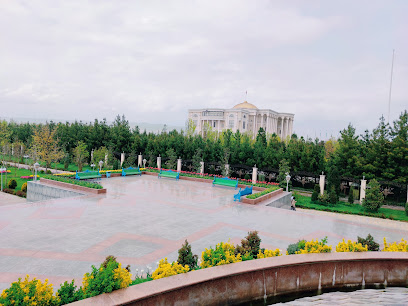
Rudaki Statue
Explore the Rudaki Statue in Dushanbe, a striking landmark that honors the legacy of Tajikistan's beloved poet, Abuabdullo Rudaki.
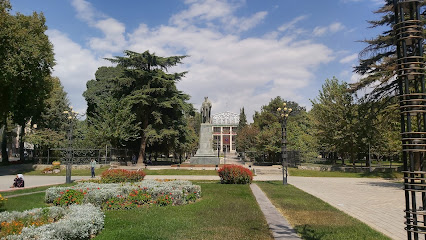
Essential places to dine
Çıtır Usta
Experience authentic Turkish cuisine at Çıtır Usta in Dushanbe – where every meal is a celebration of flavor.
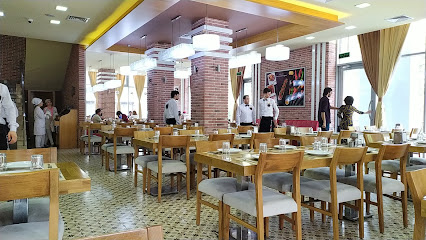
Sayoh Restaurant
Discover the authentic flavors of Tajikistan at Sayoh Restaurant, where traditional dishes meet an inviting tea house ambiance.
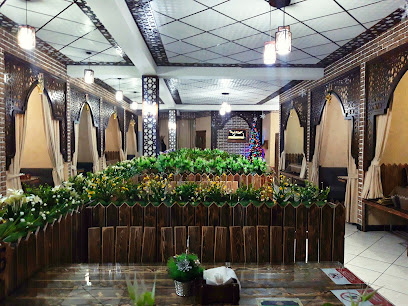
Bukhara
Experience authentic Tajik cuisine at Bukhara, where tradition meets taste in Dushanbe's vibrant dining scene.
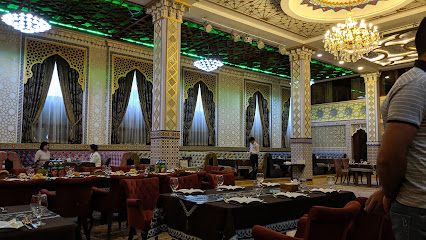
Toqi Teahouse
Experience authentic Tajik hospitality at Toqi Teahouse - a serene escape in Dushanbe offering exquisite teas and local delicacies.
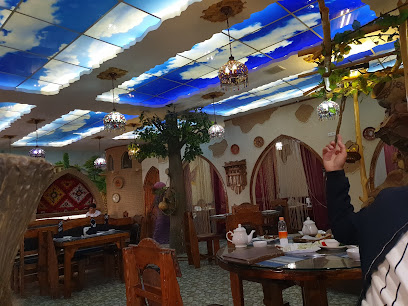
Yakkachinar Restaurant
Experience authentic Tajik cuisine at Yakkachinar Restaurant in Dushanbe - where every dish tells a story.
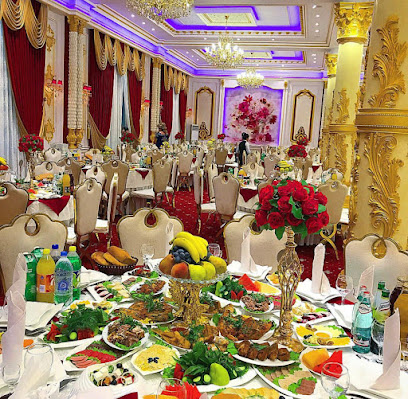
Restaurant Sharbat
Experience authentic Tajik cuisine at Restaurant Sharbat in Dushanbe – where tradition meets flavor in every dish.
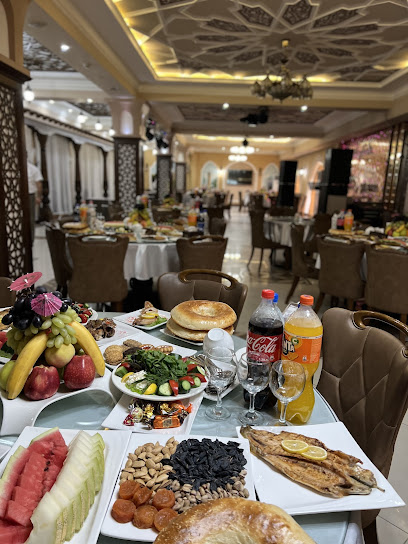
Sultanbey
Discover authentic Turkish flavors at Sultanbey in Dushanbe – where culinary tradition meets modern elegance.
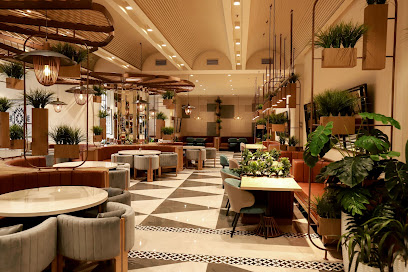
Rudaki House Restaurant
Experience authentic Tajik flavors blended with international cuisine at Rudaki House Restaurant in Dushanbe.
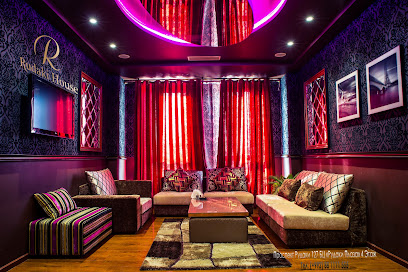
Javonon Restaurant
Experience authentic Tajik cuisine at Javonon Restaurant in Dushanbe – where tradition meets taste.
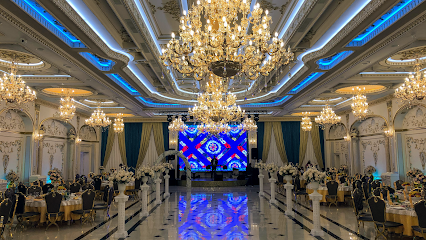
Osteria Mario
Discover authentic Tajik flavors at Osteria Mario in Dushanbe, where every dish tells a story of tradition and quality.

Latina-Dushanbe
Discover authentic Tajik cuisine at Latina-Dushanbe - where tradition meets flavor in a stunning lakeside setting.
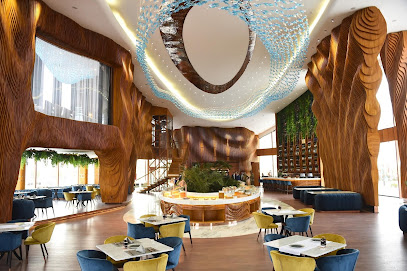
Restaurant “Sino”
Experience authentic Tajik cuisine at Restaurant 'Sino', specializing in delicious homemade soups in Dushanbe's heart.
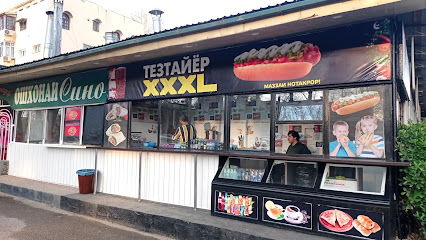
Markets, malls and hidden boutiques
Dushanbe Mall
Explore the vibrant Dushanbe Mall for an unforgettable shopping and dining experience in Tajikistan's capital.
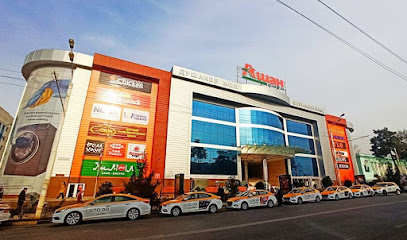
Sadbarg Trade Center
Explore the vibrant Sadbarg Trade Center, Dushanbe's premier shopping mall, featuring diverse retail stores and delightful dining options.
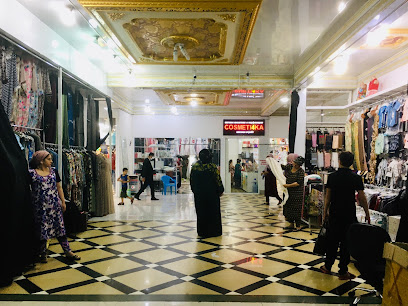
Central Department Store
Discover the charm of Tajikistan at Central Department Store in Dushanbe, where shopping meets cultural exploration.
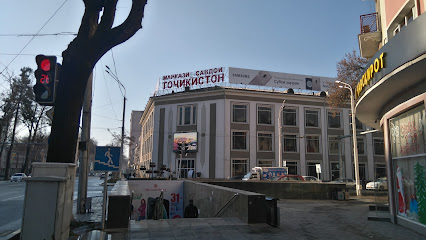
Siyoma Mall
Experience the ultimate shopping adventure at Siyoma Mall in Dushanbe, where local charm meets international brands in a vibrant atmosphere.
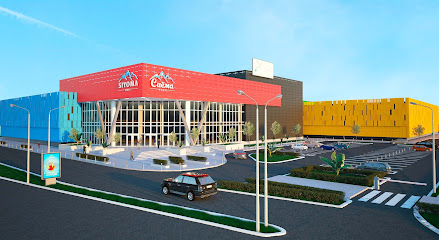
Jysk
Discover Jysk in Dushanbe for an unparalleled selection of home goods, from stylish furniture to essential kitchen supplies.
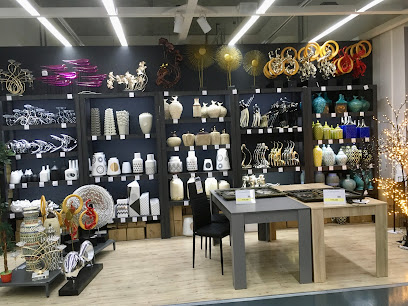
Noor Art Gallery
Explore Noor Art Gallery in Dushanbe for a unique blend of local art and authentic souvenirs, capturing the essence of Tajikistan's vibrant culture.
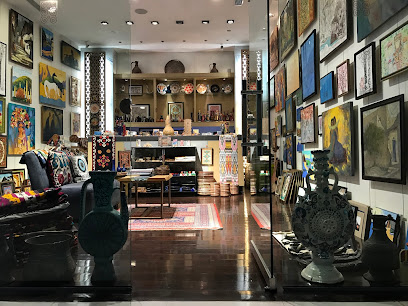
Kafel'
Discover Kafel', Dushanbe's vibrant shopping mall, where local charm meets global brands and delicious dining options.

Zoda Art Gallery
Experience the vibrant artistry of Tajikistan at Zoda Art Gallery, where every piece tells a story and every visit inspires.
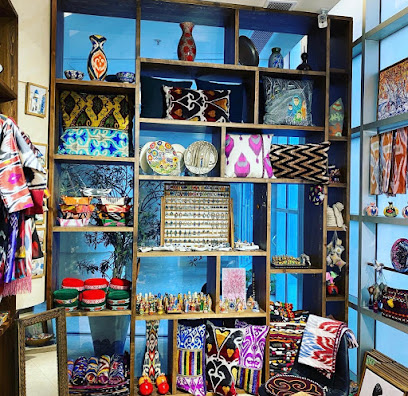
Rynok R.sino
Discover the rich flavors and vibrant culture of Dushanbe at Rynok R.sino, a bustling market filled with local delights and unique treasures.

Mini market Oisha
Experience the charm of Dushanbe at Mini Market Oisha, where local products and warm hospitality await every visitor.
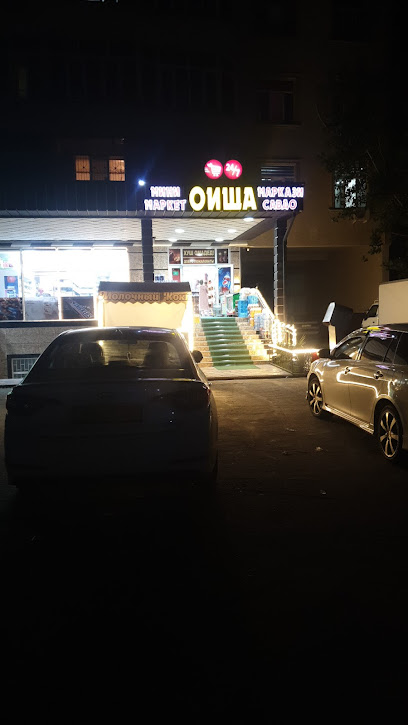
Status.shop.dushanbe
Explore the charm of Dushanbe at Status.shop.dushanbe, where unique novelties and local treasures await every curious traveler.

Essential bars & hidden hideouts
Best Bar City
Discover Dushanbe's nightlife at Best Bar City, where live music and a vibrant atmosphere create unforgettable experiences in Tajikistan.
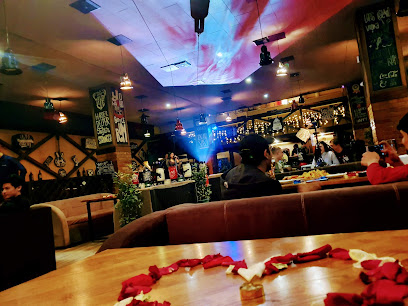
Sim Sim Pub
Experience the vibrant flavors and lively atmosphere of Sim Sim Pub in Dushanbe – where delicious food meets a friendly gathering spot.
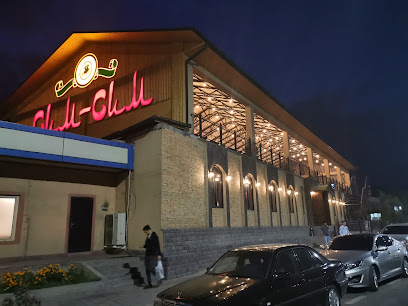
Public Pub
Experience the lively vibe and authentic Tajik flavors at Public Pub, a must-visit bar and restaurant in Dushanbe.
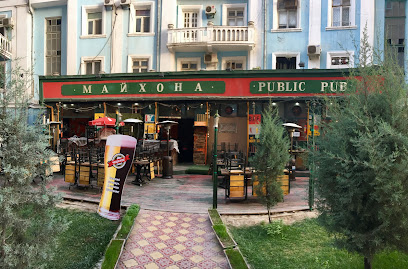
Kokteyl' Yeshcho Yakhmos
Discover the vibrant nightlife at Kokteyl' Yeshcho Yakhmos, a bar in Dushanbe offering unique cocktails and live music in a welcoming atmosphere.
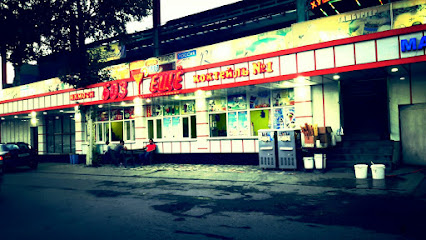
Chilli Restaurant
Experience the vibrant flavors and lively atmosphere at Chilli Restaurant, Dushanbe's top spot for delicious food and hookah.
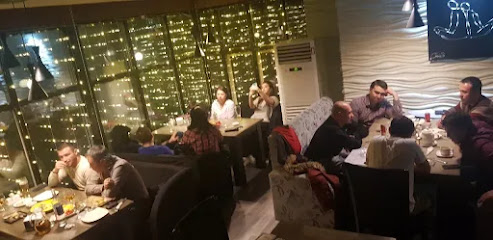
Sim-Sim Bar
Experience the vibrant local culture at Sim-Sim Bar, Dushanbe's lively beer hall, offering a diverse selection of brews and a welcoming atmosphere.
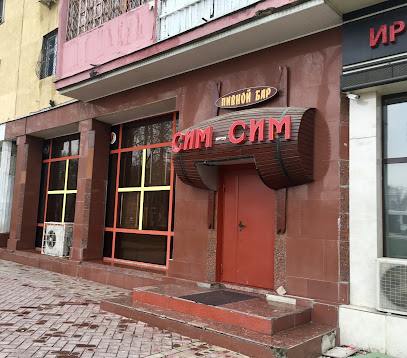
ETNO PUB
Experience the vibrant nightlife of Dushanbe at Etno Pub, where local culture meets a diverse drink menu in a cozy atmosphere.
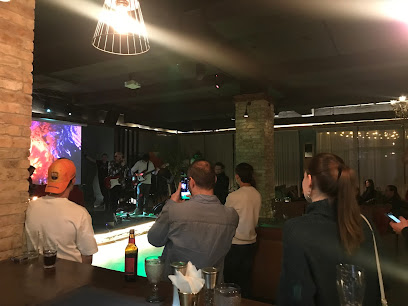
ZAVOD BAR
Discover the vibrant nightlife of Dushanbe at Zavod Bar, where stylish decor meets expertly crafted cocktails and a lively atmosphere.
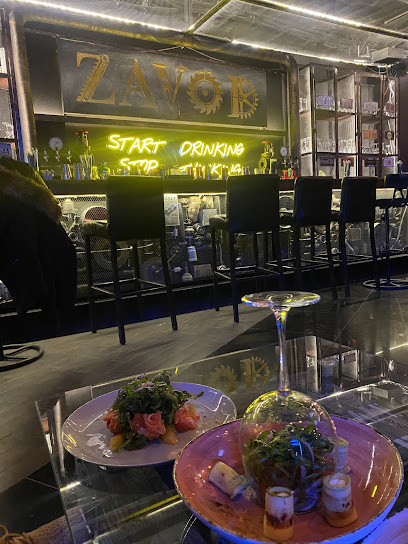
SOMONI LOUNGE
Experience the vibrant nightlife of Dushanbe at Somoni Lounge, a stylish bar offering a variety of drinks and live entertainment in a welcoming atmosphere.

Tajikistan
Discover the vibrant nightlife of Tajikistan, where traditional culture meets modern charm in the heart of Central Asia.
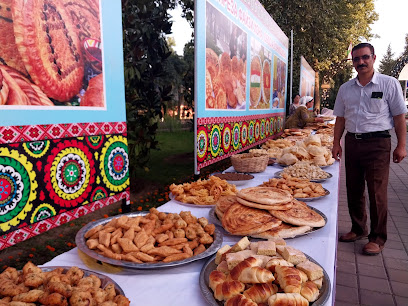
Easy Pub
Discover the vibrant atmosphere of Easy Pub in Dushanbe, where locals and tourists come together for great drinks and lively entertainment.

Magazin Yunuschon
Experience the lively nightlife at Magazin Yunuschon, a vibrant bar in Dushanbe, Tajikistan, offering a wide selection of drinks and local culture.

Local Phrases
-
- HelloСалом
[Salom] - GoodbyeХайр
[Khayr] - YesҲа
[Ha] - NoНе
[Nye] - Please/You're welcomeЛутфан
[Lutfan] - Thank youРаҳмат
[Rahmat] - Excuse me/SorryМаъзарат
[Ma'zarat] - How are you?Шумо четор ҳастед?
[Shumo chetor hasted?] - Fine. And you?Хубам. Шумо?
[Khobam. Shumo?] - Do you speak English?Шумо англӣ гап мезанед?
[Shumo angli gap mezaned?] - I don't understandМан фаҳм намекунам
[Man fahm namekunam]
- HelloСалом
-
- I'd like to see the menu, pleaseЛутфан менюро бефаҳмед
[Lutfan menyu-ro befahmed] - I don't eat meatМан гӯшт намехарам
[Man gusht namekharam] - Cheers!Саломатӣ!
[Salomati!] - I would like to pay, pleaseЛутфан мехоҳам бод кунам
[Lutfan mehoham bod kunam]
- I'd like to see the menu, pleaseЛутфан менюро бефаҳмед
-
- Help!Кӯмак!
[Kumak!] - Go away!Равшан шавед!
[Ravshan shaved!] - Call the Police!Пулисро хонед!
[Polis-ro khoned!] - Call a doctor!Духтурро хонед!
[Dokh-tur-ro khoned!] - I'm lostМан ғаёб шудам
[Man g'ayob shudam] - I'm illМан беморам
[Man bemoram]
- Help!Кӯмак!
-
- I'd like to buy...Мехоҳам харид кунам...
[Mehoham harid kunam...] - I'm just lookingМан танҳо медонам
[Man tanho medonam] - How much is it?Қадар чанд аст?
[Qadar chand ast?] - That's too expensiveАндозаи он хеле қимат аст
[Andozai on hele qimat ast] - Can you lower the price?Метавонед нархро кам кунед?
[Metavoned nar-kho kam kuned?]
- I'd like to buy...Мехоҳам харид кунам...
-
- What time is it?Қандӣ соат аст?
[Qandi soat ast?] - It's one o'clockЁгӣ соат аст
[Yo'gi soat ast] - Half past (10)Ним соат (даҳ)
[Nim soat (dah)] - MorningСубҳ
[Subh] - AfternoonБехафт
[Behaft] - EveningШаб
[Shab] - YesterdayДирӯз
[Diruz] - TodayИмрӯз
[Imruz] - TomorrowПагоҳ
[Pagoh] - 1Як
[Yak] - 2Ду
[Du] - 3Се
[Se] - 4Чор
[Chor] - 5Панҷ
[Panj] - 6Шаш
[Shash] - 7Ҳафт
[Haft] - 8ҳашт
[Hasht] - 9нӯҳ
[nuh] - 10даҳ
[dah]
- What time is it?Қандӣ соат аст?
-
- Where's a/the...?Куҷо...?
[Kujo...?] - What's the address?Суроға чист?
[Suroga chist?] - Can you show me (on the map)?Метавонед менро бар наздик нишонед?
[Metavoned men-ro bar nazdik nishoned?] - When's the next (bus)?Ҳангом автобус ба аеропорт меравад?
[Hangom avtobus ba aeroport meravad?] - A ticket (to ....)Билет (ба ....)
[Bilet (ba ....)]
- Where's a/the...?Куҷо...?
History of Sino
-
The neighborhood of Sino, located in Dushanbe, has a rich history that dates back to ancient times. The region was historically part of the Sogdian civilization, known for its vibrant trade routes along the Silk Road. This strategic location facilitated cultural exchanges and economic interactions between various civilizations, including Persian, Greek, and later Islamic influences.
-
In the 6th century BC, Sino was influenced by the Achaemenid Empire, which left its mark on the culture and infrastructure of the area. The Persian Empire's expansion brought advancements in governance, architecture, and trade, shaping the early development of Dushanbe and its surrounding regions.
-
The neighborhood of Sino became increasingly significant in the 20th century as Dushanbe evolved from a small village to the capital of Tajikistan. The city was officially designated as a town in 1924, and Sino played a crucial role in this transformation, becoming a hub for administrative and cultural activities.
-
During the Soviet era, Sino underwent rapid urbanization and development. The Soviet government invested in infrastructure, establishing new residential complexes, educational institutions, and public spaces. This period marked significant demographic changes as people from various parts of the Soviet Union migrated to Dushanbe for work and opportunities.
-
Following Tajikistan's independence in 1991, Sino faced challenges, including economic difficulties and political instability. However, the neighborhood has been revitalizing over the years, embracing its cultural heritage while accommodating modern developments. The blend of historical architecture and new constructions reflects the dynamic evolution of Sino in contemporary Dushanbe.
Sino Essentials
-
Sino is easily accessible from other neighborhoods in Dushanbe. You can take a taxi, which is the most convenient option, as it allows for direct travel. Alternatively, marshrutkas (minibuses) run regularly from the city center to Sino, making it a budget-friendly choice. For those coming from the airport, taxis are available, or you can arrange a pickup through your hotel.
-
Sino is a relatively small neighborhood, making it easy to explore on foot. Public transport options include local buses and marshrutkas, which are inexpensive and operate frequently. For a more local experience, consider renting a bicycle to navigate the area at your own pace. Taxis are also readily available if you prefer a more direct mode of transport.
-
Sino is generally safe for tourists, but it's advisable to remain vigilant in crowded areas and avoid displaying valuable items. While violent crime is rare, petty theft can occur, especially in busy markets. It’s best to avoid areas that are poorly lit at night and to be cautious around large gatherings or demonstrations.
-
In case of emergency, you can contact local services by dialing 112 for police, fire, or medical assistance. Make sure to have travel insurance that covers emergencies. For medical needs, there are hospitals and pharmacies within Sino where you can seek help. It's wise to carry a list of important contacts and your hotel’s information.
-
Fashion: Do dress modestly, especially in the presence of local families or when visiting religious sites. Avoid overly casual attire. Religion: Do respect local customs and traditions, including asking for permission before photographing people. Public Transport: Do offer your seat to elderly or disabled passengers. Don't engage in loud conversations or play music on public transport. Greetings: Do greet with a smile and a handshake; a nod is appreciated. Eating & Drinking: Do try local dishes and accept invitations to share meals. Don’t eat in public areas during Ramadan out of respect for those fasting.
-
To experience Sino like a local, visit the vibrant markets, where you can find fresh produce and local crafts. Engage with shopkeepers and locals, as they are often eager to share their stories and culture. Try to learn a few basic phrases in Tajik to enhance your interactions. Don’t miss the local parks for a leisurely stroll or a picnic, and consider attending a local event or festival for a deeper insight into the community’s traditions.
Nearby Cities to Sino
-
Things To Do in Vahdat
-
Things To Do in Tursunzoda
-
Things To Do in Panjakent
-
Things To Do in Istaravshan
-
Things To Do in Shakhrisabz
-
Things To Do in Djizak
-
Things To Do in Jizzakh
-
Things To Do in Samarkand
-
Things To Do in Khujand
-
Things To Do in Mazar-i-Sharif
-
Things To Do in Qarshi
-
Things To Do in Angren
-
Things To Do in Tashkent
-
Things To Do in Chirchiq
-
Things To Do in Navoi











